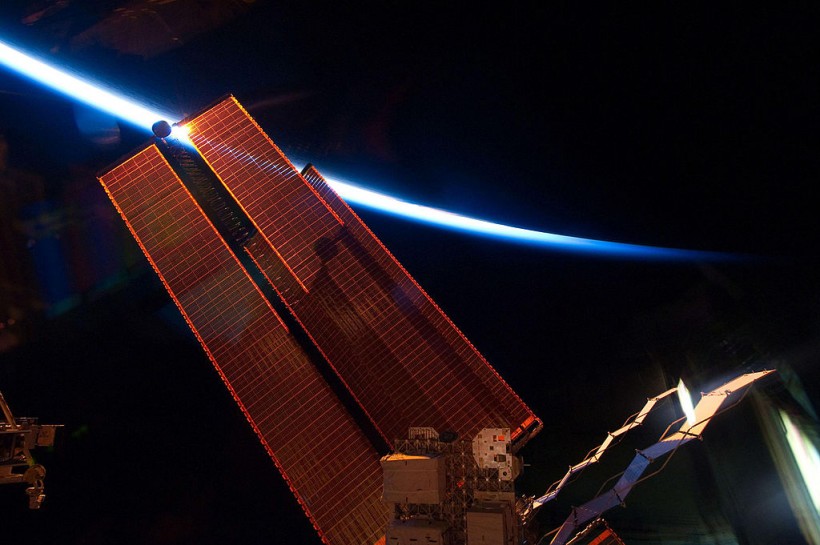Solar power has been widely used all throughout the world as more countries opt for renewable sources of energy. However, there is a higher volume of solar energy in space where there is no day, night, and clouds that would limit us from harvesting power from the Sun.
Hence, a group of researchers from the California Institute of Technology (Caltech) is building a huge satellite that can harvest solar energy and then wirelessly transmit it back to our planet. If the project proves successful, it could power a wide range of places in the world.

IN SPACE - MAY 20: In this handout provided by National Aeronautics and Space Administration (NASA), International Space Station solar array wings intersect the thin line of Earth's atmosphere photographed by an STS-134 crew member while space shuttle Endeavour remained docked with the station May 20, 2011 in space.
Three Important Project Components
As reported first by Thomasnet, the Caltech team is now concentrating on three important project components. The first is creating portable photovoltaics that can withstand space environments. The second step involves developing equipment capable of transforming direct current electricity into radio frequency power that can be sent as microwaves to Earth.
Lastly, the group also requires an ultralight framework that can hold everything while directing the energy microwaves where they are required.
Caltech is creating sunlight-collecting tiles the size of a slice of bread. But when millions of them work together in space, a solar panel of 3.5 square miles, or roughly 1,700 football fields, would be the end result.
More Feasible Than Ever
The project's researchers agreed that while such technology would have seemed unlikely in the past, it is now more feasible than ever. The group intends to test a prototype in space in December.
Even though it may be years before it becomes a practical energy source, if the project is successful, it will be a major renewable energy source. According to the team, a solar power operation in space with unrestricted access to the sun might generate eight times as much electricity as similar installations on Earth.
"This is an extraordinary and unprecedented project," Harry Atwater, an SSPP researcher and Otis Booth Leadership Chair of Caltech's Division of Engineering and Applied Science, said in a press release statement.
"It exemplifies the boldness and ambition needed to address one of the most significant challenges of our time, providing clean and affordable energy to the world."
Donald Bren, chairman of the Irvine Company and a life member of the Caltech community, and his wife Brigitte Bren, a Caltech trustee, have contributed more than $100 million to the solar satellite project. Initial feasibility studies were funded by the Northrup Grumman Corporation.
Related Article: 'Solar Facade': These Embedded Solar Panels Produce 50 Times More Power Than Standard Panels!
This article is owned by Tech Times
Written by Jace Dela Cruz









